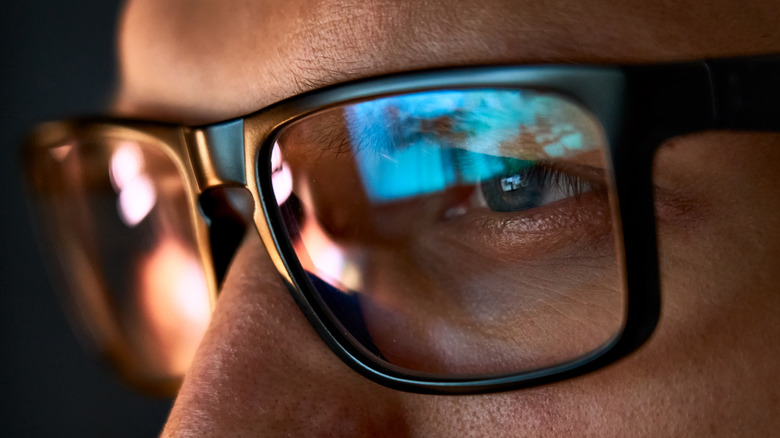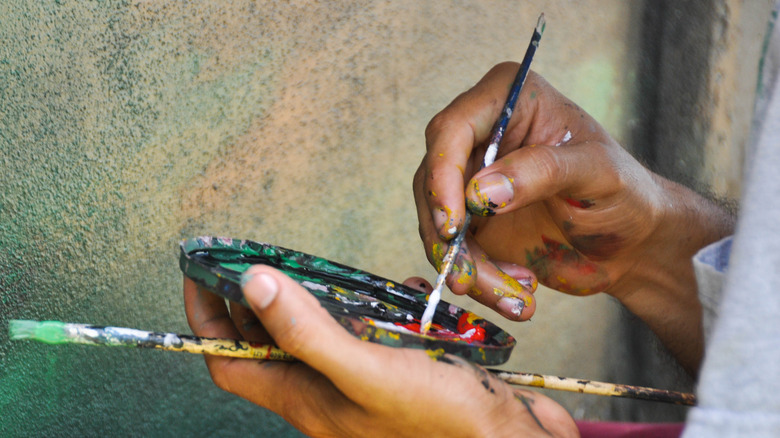What Did Nearsighted People Do Before Glasses?
If you need glasses, then you know how much of a struggle it can be to go without them for just a few minutes, never mind a day or more. Have you ever wondered what it would be like to live in a world where there were no glasses whatsoever? This was the world in which people lived for most of human history.
The first spectacles weren't invented until the 13th century, and even then, they were more similar to magnifying glasses than to modern eyeglasses. Only in the 17th or 18th centuries did glasses become even vaguely similar to the ones we have today (per NVISION Eye Centers). Being nearsighted in a world without glasses is definitely a problem, but it was one that relatively few people had. Experts agree that nearsightedness, also known as myopia, is largely a modern phenomenon. The percentage of people who are nearsighted has doubled since the 1960s and is expected to climb to nearly 50% by 2050 (per Live Science). Ophthalmology professor Dr. Ivan Schwab told NPR that this is likely due to the rise of reading and up-close activities. Far fewer people struggled with nearsightedness in the past, but what about the people who did?
Nearsighted people had better luck in some contexts than others
Early humans with vision problems likely had a lower life expectancy, as they would be more vulnerable to predators. Living in groups may have boosted their chances of survival, but this was more helpful in some situations than others (per Now The Glasses).
NVISION Eye Centers notes that in the early days, people with severe enough vision problems may have been excluded from their tribes if they were not productive enough. With time, most societies moved past this behavior, especially with the rise of religion. There were some situations, such as artisan contexts, in which myopia was viewed not as a disability but an asset.
For example, nearsighted people were valued in medieval European monasteries, where their vision made it easier to illuminate manuscripts and paint Bibles with small and precise brushstrokes. "They almost interbred people in the hope of producing myopic children who would be the future illuminators of manuscripts," Neil Handley, a museum curator at London's College of Optometrists, told Live Science. "This is how societies adapt to what we call disability. They don't necessarily regard it as [a] disability."


